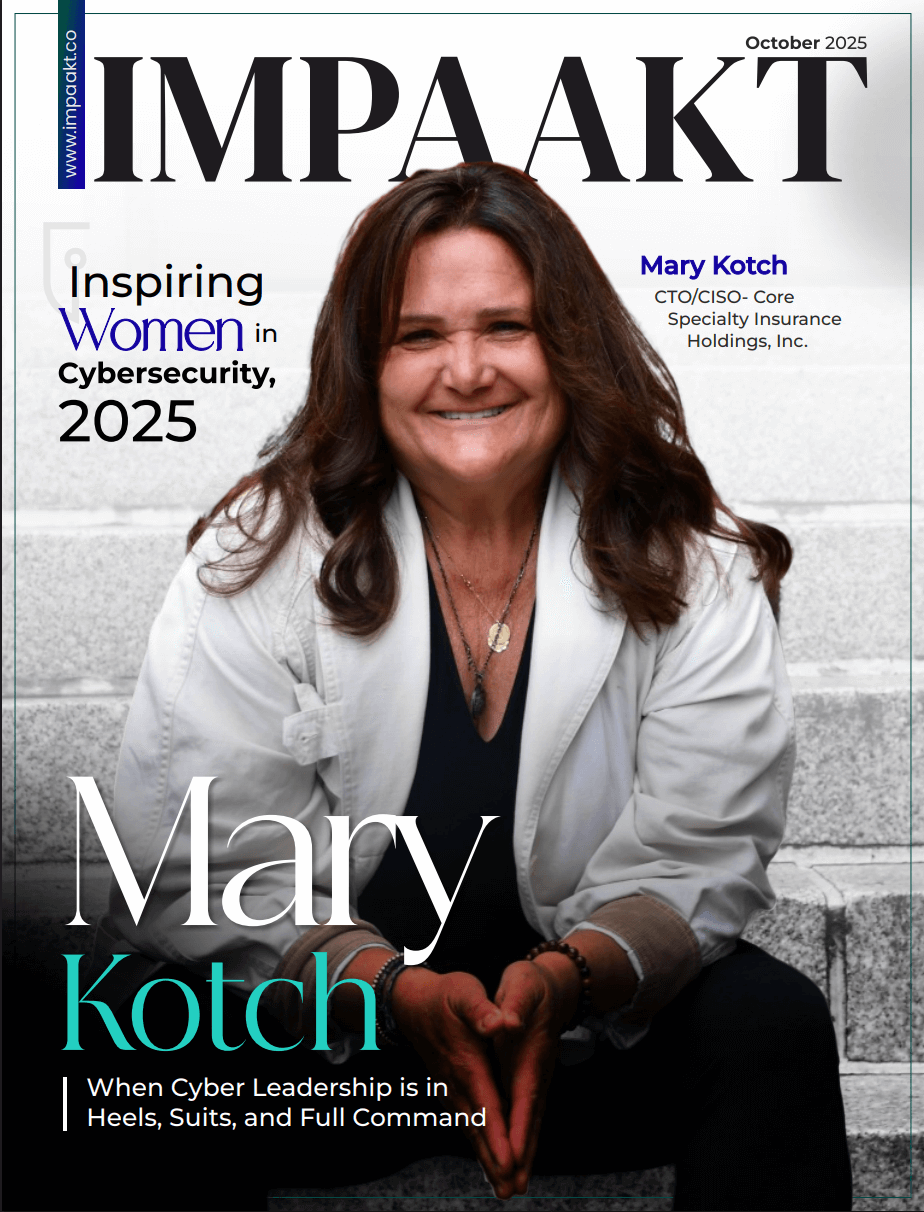Imagine walking into an office where every employee, regardless of their background, feels valued, respected, and empowered to contribute their best work. Now, contrast that with a workplace where over 90% of employees have faced discrimination based on race, gender, age, disability, or other factors. Unfortunately, the latter remains a reality for many organizations today.
Despite the growing awareness around Diversity, Workplace Equity, and Inclusion (DEI), organizations still struggle with deep-seated biases, systemic inequalities, and leadership gaps in fostering true inclusivity. The question is: Are we doing enough to bridge the gap between awareness and action?
For C-suites, founders, CXOs, and HR leaders, the answer lies in redefining the role of HR as the driving force behind DEI initiatives. Equity in the workplace isn’t just a moral obligation—it’s a strategic imperative. Research consistently shows that companies prioritizing diversity and inclusion outperform their peers, drive innovation, and attract top talent. But how do we move beyond lip service to create lasting impact?
This guide explores how HR can lead the charge in fostering an equitable workforce, offering actionable strategies and best practices to embed equity into the very DNA of your organization.
Why HR is the Linchpin of Workplace Equity
HR isn’t just about payroll and policies—it’s the heartbeat of organizational culture. From recruitment to retention, HR holds the power to dismantle barriers and create a workplace where every employee thrives. Here’s how:
1. Policy Development and Implementation
HR serves as the architect of fairness, responsible for designing and enforcing policies that promote equity. This includes:
- Developing anti-discrimination policies that explicitly define unacceptable behaviors.
- Creating inclusive workplace guidelines that cater to employees from all backgrounds.
- Ensuring grievance redressal mechanisms are accessible, transparent, and effective.
- Implementing flexible work arrangements that accommodate diverse needs, such as parental leave and disability support.
2. Recruitment and Hiring Practices
A diverse workforce starts at the hiring stage. HR must:
- Ensure job postings use inclusive language and are accessible to underrepresented groups.
- Partner with diverse job boards, universities, and organizations to attract a wider pool of talent.
- Remove bias from selection processes by leveraging structured interviews and AI-driven resume screening tools.
- Establish internship and mentorship programs for marginalized communities to bridge skill gaps.
3. Monitoring and Reporting
What gets measured, gets managed. HR must:
- Track key DEI metrics, such as hiring, promotions, pay equity, and turnover rates across different demographics.
- Conduct pay equity audits to ensure employees are compensated fairly, regardless of gender or ethnicity.
- Publish regular DEI reports that hold leadership accountable and communicate progress transparently.
4. Ensuring Legal Compliance
HR must stay ahead of evolving laws and regulations related to workplace equity, such as:
- Equal Employment Opportunity (EEO) laws.
- Affirmative action policies.
- Accessibility laws for employees with disabilities.
- Gender pay gap reporting requirements.
- Beyond compliance, HR should proactively set higher internal benchmarks to create a truly equitable workplace.
5. Creating an Inclusive Culture
Equity isn’t just about numbers—it’s about culture. HR can drive initiatives such as:
- Establishing Employee Resource Groups (ERGs) to provide support and representation for minority employees. Employee Resource Groups (ERGs) are voluntary, employee-driven communities designed to promote diversity, equity, and inclusion (DEI) within the workplace. These groups provide a platform for employees to connect, share experiences, and drive initiatives that support a more inclusive and supportive organizational culture.
- Conducting unconscious bias training to help employees recognize and challenge their own biases.
- Organizing cultural celebrations and awareness programs to promote inclusion and understanding.
6 Best Practices to Promote Equity in the Workplace
1. Develop a Safe Space for Authentic Cultural Expression
Psychological safety is the foundation of workplace equity. Employees should feel comfortable expressing their authentic selves without fear of discrimination or retaliation.
Actionable Steps:
- Set clear ground rules around respect, inclusion, and zero tolerance for discrimination.
- Train managers to recognize and address microaggressions in the workplace.
- Encourage open-door policies where employees can voice concerns directly to leadership.
2. Establish a DEI Council to Track Progress
Creating a DEI council ensures accountability and consistency in workplace equity efforts.
Actionable Steps:
- Form a diverse committee of employees across different levels and departments.
- Set measurable equity goals, such as increasing minority representation in leadership roles.
- Regularly assess DEI initiatives and adjust strategies based on data and feedback.
- Report progress to executives and employees to maintain transparency.
3. Promote a Hiring Process with Equity at Its Core
A truly equitable hiring process ensures that everyone has a fair chance at employment and advancement.
Actionable Steps:
- Train recruiters and hiring managers on bias-free hiring practices.
- Ensure job descriptions do not contain gendered or exclusionary language.
- Use skills-based assessments rather than focusing solely on credentials or years of experience.
- Provide equitable interview experiences, including accommodations for candidates with disabilities.
4. Flag Biases in the Screening Process
Bias in recruitment is often unconscious, but it can lead to unfair disadvantages for marginalized candidates.
Actionable Steps:
- Use blind resume screening to evaluate candidates based on skills rather than demographic factors.
- Standardize interview scorecards to minimize subjective judgments.
- Ensure hiring panels receive anti-bias training before conducting interviews.
5. Diversify Your Candidate Selection Panel
Who conducts interviews matters. Diverse hiring panels help mitigate bias and send a clear message of inclusion.
Actionable Steps:
- Ensure interview panels reflect the diversity the company aims to achieve.
- Include employees from underrepresented backgrounds in decision-making processes.
- Ask candidates how they will contribute to an inclusive workplace culture.
6. Schedule Pre-Interview Meetings with the Hiring Team
Intentionality is key to embedding equity at every step of the hiring process.
Actionable Steps:
- Hold pre-interview meetings to discuss diversity goals and hiring best practices.
- Analyze the demographics of your applicant pool to identify gaps.
- Ensure all interviewers are aligned on fair evaluation criteria before candidate assessments begin.
Beyond Hiring: Sustaining Equity in the Workplace
While hiring is a critical first step, sustaining equity requires long-term commitment. HR must:
- Conduct regular pay equity audits to identify and close wage gaps.
- Invest in inclusive leadership training to equip managers with the skills to support diverse teams.
- Establish employee feedback mechanisms, such as anonymous surveys and town halls, to continuously improve DEI initiatives.
Conclusion: The Business Case for Equity
Equity in the workplace isn’t just the right thing to do—it’s the smart thing to do. Organizations that embrace DEI see higher employee engagement, better decision-making, and stronger financial performance.
As a leader, the responsibility lies with you to champion these efforts. Start by empowering your HR team to lead the charge, implement these best practices, and create a workplace where everyone feels valued and respected.
At IMPAAKT, we believe that workplace equity is a non-negotiable foundation for success. Stay tuned for more insights and strategies to help drive innovation and inclusion in your organization.











